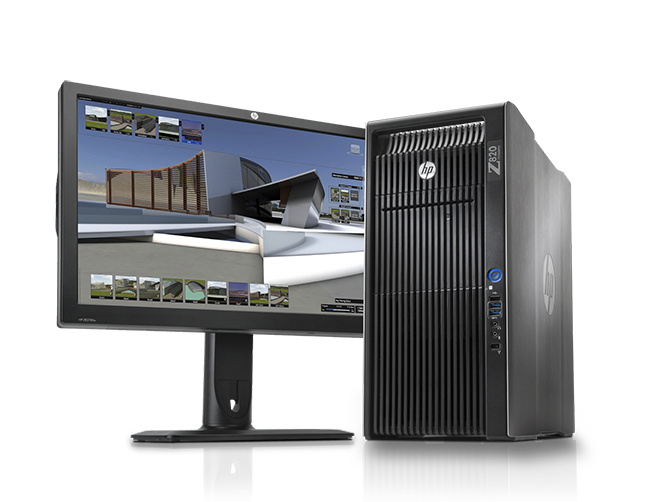Software
• HP Z820 workstation with Zeiss Zen, Imaris x64,and Nikon Elements software.


Microscopy Techniques
Epifluorescence Microscopy
Fluorescence microscopy is a rapidly evolving technology and the Laboratory of Cancer Biology and Genetics Microscopy Core Facility has likewise evolved to maintain state-of-the art services for the scientists at the National Cancer Institute. Our facility houses four sophisticated systems that can be used to analyze cell structure, protein expression, and cell dynamics using immunofluorescence. These include inverted epifluorescence microscopes, a confocal microscope, a slide scanning microscope, and an incubator microscope.
Although fluorescent markers have been used extensively to study biological systems for decades, recent technological advances in fluorescent probes have tremendously broadened their spectrum of applications. Fluorescent proteins now include reporters of transcriptional regulation, targeted indicators of organelles and other subcellular structures as well as fusion proteins that can be used to follow the dynamics of living cells. As fluorescent proteins and their uses have evolved, the microscopes and cameras used to detect them have also been improving. The LCBG Core Facility has two Zeiss AxioObserver inverted epifluorescent microscopes equipped with either an AxioCam MRm or 506 camera and Zen Blue software that provide high resolution fluorescence and DIC optics along with up-to-date image acquisition and analysis capability.
Confocal Microscopy
Confocal microscopy is a powerful optical imaging technique that can increase both horizontal and vertical resolution of an image by eliminating out-of-focus light in specimens thicker than the focal plane. This type of microscopy is ideal for localization of organelles or molecules in a sample or reconstructing 3-dimensional images of a specimen. In confocal microscopy the focal point in the specimen is conjugate to the pinhole (i.e. they are confocal). Consequently, only the light coming from the focal point can pass through the pinhole and be detected by the photomultiplier behind it. Any light above or below the focal plane is excluded by the confocal pinhole resulting in a well-defined image, virtually free from scattered light. This unique feature makes confocal microscopy an ideal technique for 3-dimensional analysis of specimens. High resolution optical sections can be generated and then combined into a 3D projection image that is in focus at all levels. This type of microscopy allows the generation of superior, high-resolution images, particularly in the case of thick specimens such as tissue sections or embryos. In addition, decreased light scatter leads to increased resolution of fine structures such as microtubules, stress fibers, focal adhesions, mitochondria, and centrosomes.
The LCBG Core Facility has a Zeiss LSM 780 laser scanning confocal microscope. The sensitivity of LSM 780 is outstanding. The GaAsP detector achieves 45 percent quantum efficiency compared to 25 percent typically by conventional PMT detectors. This results in accurate details and contrast-rich images of specimens. The system’s illumination and detection design allows you to simultaneously acquire up to ten dyes. You excite any common fluorophore with seven different lasers, detecting the signals with the 32 channel GaAsP detector.
Live Cell Imaging
An increasing number of scientists are using live cell imaging techniques to gain critical insight into cellular dynamics such as changes in cell morphology, migration patterns, and proliferation. In order to do this, cells must often be monitored over long periods of time. The VivaView Fluorescence Incubator Microscope in the LCBG Core Facility provides high resolution differential interference (DIC) and multiple channel fluorescent imaging of live cells in culture. Unlike an environmental chamber attached to an immunofluorescent microscope, the VivaView can be used to image live cells over several days or weeks.
Slide Scanning
Lorem ipsum dolor sit amet, consectetur adipiscing elit, sed do eiusmod tempor incididunt ut labore et dolore magna aliqua. Ut enim ad minim veniam, quis nostrud exercitation.
